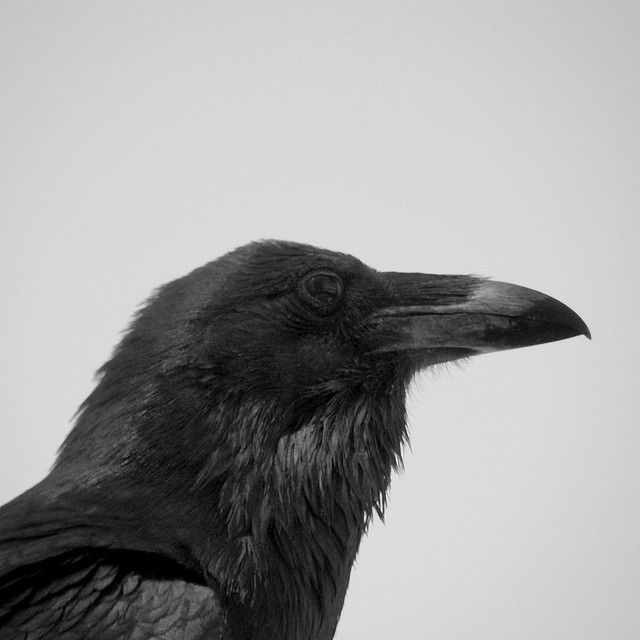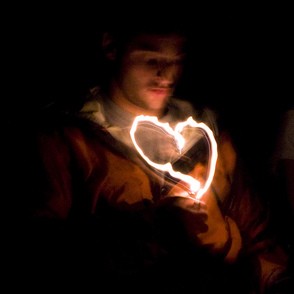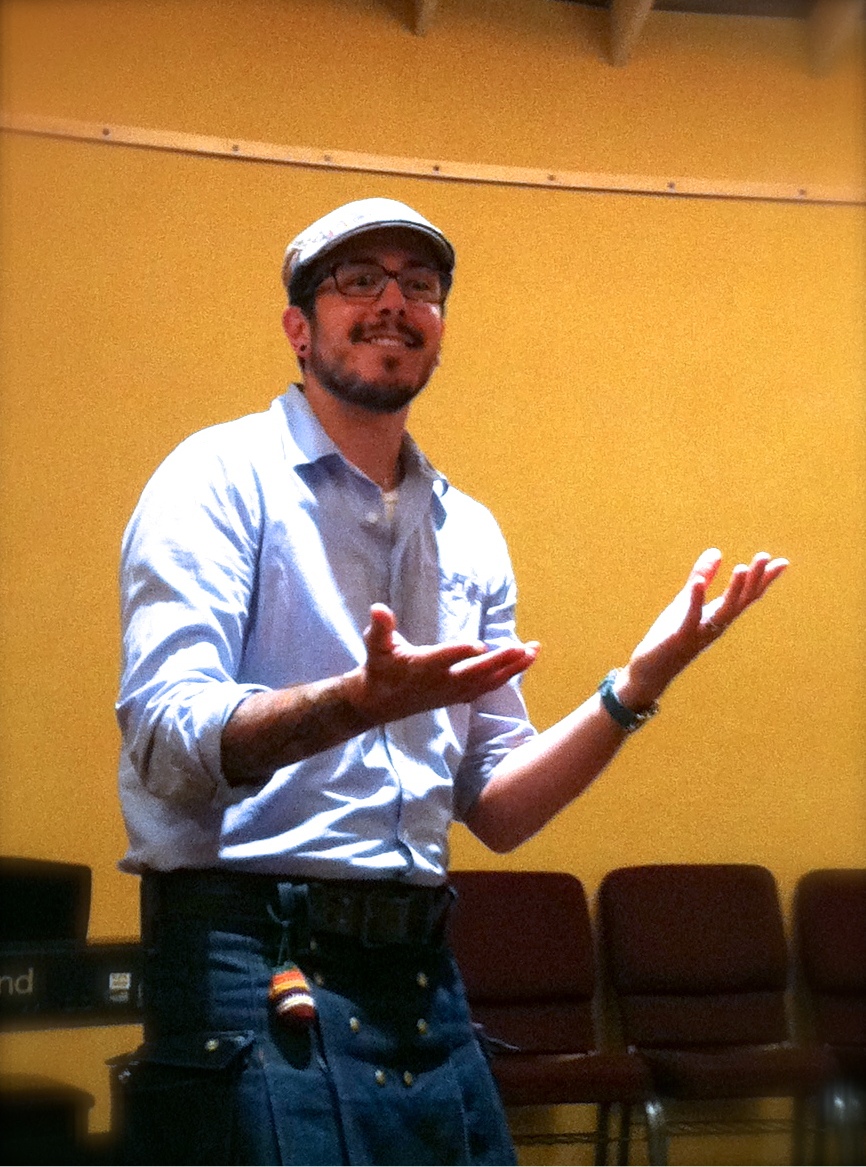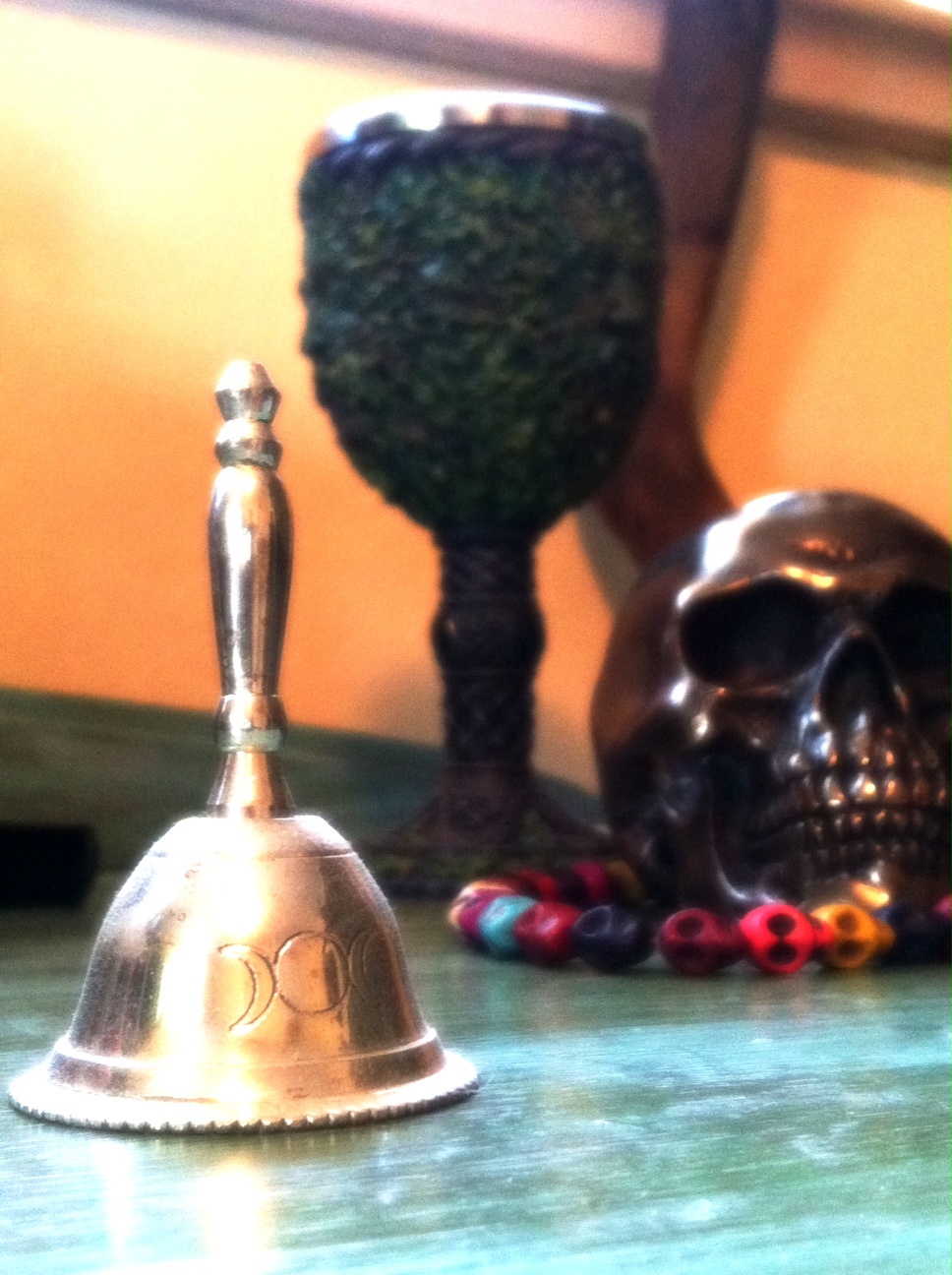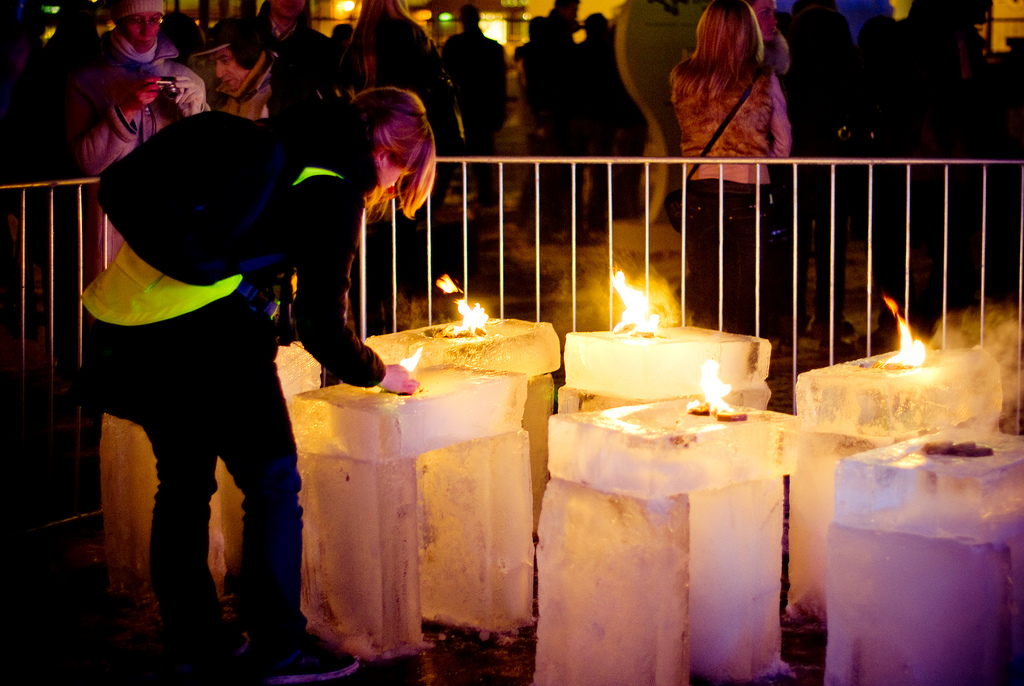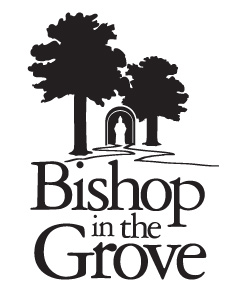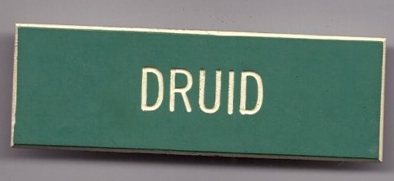Tag: Ritual
-

Pagan Assumptions and the Direct Results of Ritual
“There can be no direct results of ritual. The results are always just part of the fabric of all action.” — Sean Michael Morris As I prepare for my upcoming appearance at the Sacred Harvest Festival I’ve been giving thought to assumptions I’ve made about Paganism; assumptions that many of us make. We assume the […]
-

How Do I Know I’m a Pagan?
How do I know I’m a Pagan? I mean, really. I had this thought after my unexpected visit to church. I also had this thought after I returned home from Beltania, the Colorado Beltane gathering I attended and presented at over my birthday weekend. It may seem strange that I would question my Pagan identity after a Pagan […]
-

A Pagan, a Druid, and an Episcopalian walk into a Church
I went to church last night. It was the first time I’d been to church since I left the Church. Taking in an evening mass, done up to the 9’s with incense and vestments, was something I hadn’t planned to do while visiting Eugene, Oregon, nor was it an invitation I expected to receive from […]
-

The Heart Is The Only Nation
I have met the Morrígan. I have stood in a circle, a shape unlike any circle I’ve stood in before, and beside my human kin, a spiritual kin sharing breath and space and smell and touch, I made contact with the Warrior inside myself. At this moment it feels as though I have never been […]
-

A Daily Practice Matters
This morning we slept in until 7:30. That may not seem incredibly early to some (it isn’t all that early for my husband and I), but it’s a vacation compared to the day of surgery and the first day of recovery. We woke to discover that my kid was experiencing some sharp pain, a common […]
-

Want To Make The Gods Laugh?
Make a plan, the gods say. I dare you. Ok, ready? You’re me: You put on your denim kilt, blue button up shirt, and patchwork hat. Your beard is tidy and trim, and your socks pulled up. You load up the car with your husband, a tupperware container of crayons, and a bag of chocolates. […]
-

Druid Rituals For Dummies
I’ve written a great deal about my daily practice on this blog. There have been periods of prolonged drought, periods of genuine doubt, and times when I felt like my daily practice was all that was keeping me invested in my Druidism. In my ADF Dedicant studies (which will be a central focus for me […]
-

My Friend Got Stuck in the Winter
We’re searching for new beginnings, my friend and I. Yesterday, we took to driving along open roads, through fields turned yellow from the heat, with music playing loud enough to drown out all else, and we let the sound paint a picture of how much we’d changed. A year ago, my friend and I let […]
-

The Offerings of Man, the Obligations of Gods
I approach my home shrine in the morning and prepare my offerings. Into three small, porcelain sake glasses, which were given to me by my stepfather, I pour a small bit of sugar, oats, and oil. These were the foods that made the most sense to me, although I’m not sure why. Whether I’m clothed […]
-

I Went Camping in the Woods and I Came Back a Druid
Organized sports never suited me. But wrestling with my faith? Someone should give out trophies. I would have a garage full. When I left for the Eight Winds Festival, the first ADF gathering I’d ever attended, I was concerned that I may not be able to invest myself fully on account of a little religious […]
-

WARNING: Call on a God, and He just might show up.
I drove an hour to Malibu for my Spring Equinox ritual. The location was a secluded, public beach called “El Matador.” The site opened at 8, and I arrived just a few minutes after the top of the hour. I followed the dirt trail down the edge of the cliff side, wearing jeans and work […]
-

Doing It Alone on the Equinox
I find that the best way to get my house clean is to throw a party. My desk may be covered with books and papers, my laundry bin filled, and my various interests — knitting and sewing being those that come with the most accessories — all sprawled out across the dining room table, but […]
-

The Spiritual, the Mundane, and the Cash Money
Some days, it’s all we can do not to break. Yesterday felt like one of those days. I’ve done well to keep my focus on matters of spiritual growth since returning from my Pagan pilgrimage. I’ve kept my daily practice, and I’ve delighted in the conversations we’ve had here on the blog about leadership, purpose […]
-

The Action of Worship
My religion is experienced in the doing. This became clear to me as I entered the sacred space of our ADF ritual at Pantheacon, lifted my voice to invoke the spirit of Inspiration, and, for a moment, left my mind behind. When I stepped in front of the altar and began to sing, I was […]
-

The Urgency to Understand Pantheacon
I brought my little tin-can altar to Pantheacon, and set it up in my hotel room on the glass, circular end table next to the lounge chair. The conference program was rather stern about not burning incense or lighting candles anywhere in the hotel, but I chose to believe that the rules didn’t include small tea […]
-

Isaac Bonewits holds me up… Pants and all.
I’m wearing Isaac Bonewits’s belt buckle. Have been for days. The pewter Pan, which once held up the pants of a great Druid, is now playing his flute just above my zipper. This seems both an appropriate and terribly dangerous location for the randy God. I’ve never been a devotee of Pan — at least, […]
-
Stock The Pantry and Tend The Dirt
We tell stories about Old Gods who governed over the fields, but we rarely step foot in the fields ourselves. In some ways, it would be more appropriate for us to worship gods who govern the produce aisle, or the food processing plants, or the deities of the drive through.
-
On Meditation and Devotion: Weeks 10, 11, & 12
March has been quite productive. Spring is definitely upon us! I’ve been working away from home for over half of the month, relying heavily on my portable altar for morning worship.
-
The Doing of the Details: Ostara 2011
Worship must be more than role-play. I believe that effective group worship must be an engaging act that seeks to unite the people present in a common mind for a common purpose.
-
A Response to “Omens and Tarot”
This post is a response to the blog post “Omens and Tarot”, posted yesterday on Grey Wren’s Flight (http://greywren.wordpress.com)



